Right of page: Coded Difference image for this pair.
Female Age 17+
Craniofacial Microsomia/ Control
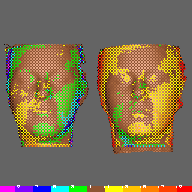
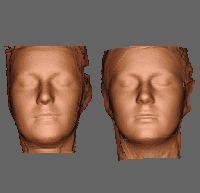
Registered Scans
Female Age 13-16
Craniofacial Microsomia/ Control
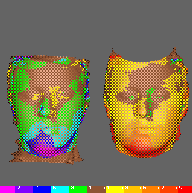
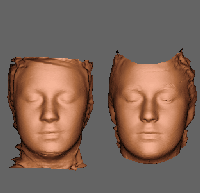
Registered Scans
Female Age 9-12
Craniofacial Microsomia/ Control
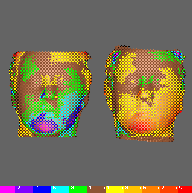
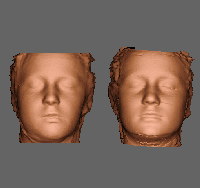
Registered Scans
Female Age 4-8
Craniofacial Microsomia/Control
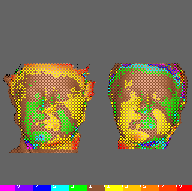
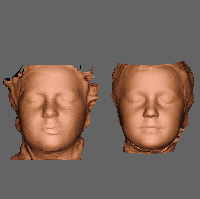
Registered Scans
Male Age 4-8
Craniofacial Microsomia/ Control
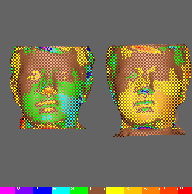
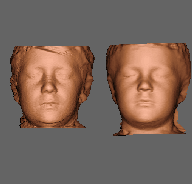
Registered Scans
Male Age 9-12
Craniofacial Microsomia/ Control
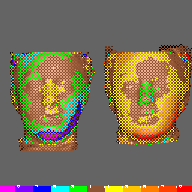
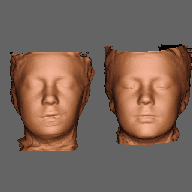
Registered Scans
Male Age 13-16
Craniofacial Microsomia/ Control
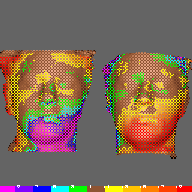
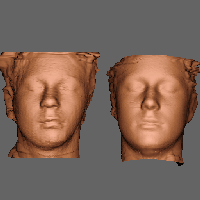
Registered Scans
Male Age 17+
Craniofacial Microsomia/ Control
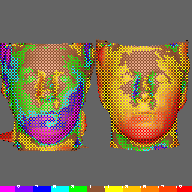
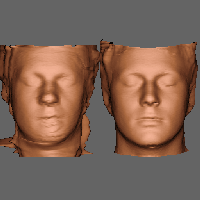
Registered Scans
**** End of PhD Poster. ****
For more details of laser surface scanning and its application or to get in touch with us, please see our main pages:
M G I Group, UCL/UCL Hospitals.
 Go to Research Page
Go to Research Page
 Return to Home Page
Return to Home Page
Poster created by Tricia Goodwin. , E-mail: pmg@medphys.ucl.ac.uk,
Web page version edited by John Gardener, E-mail: jeg@medphys.ucl.ac.uk
Last update 22/1/97.
 Back towards the Home Page
Back towards the Home Page
 Back towards the Home Page
Back towards the Home Page
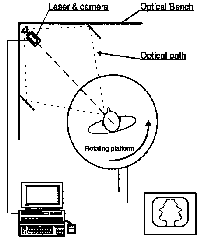
















 Go to Research Page
Go to Research Page Return to Home Page
Return to Home Page